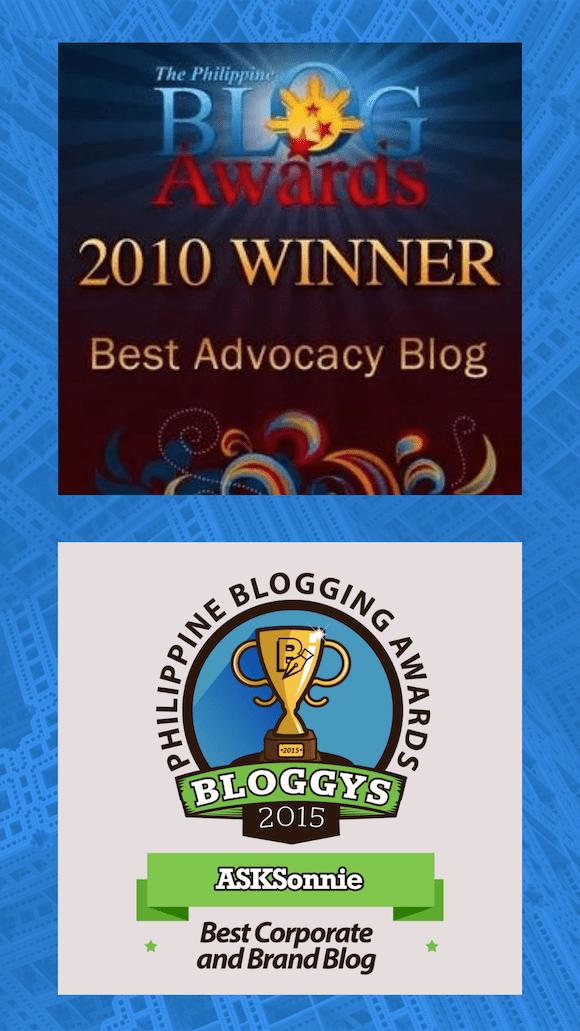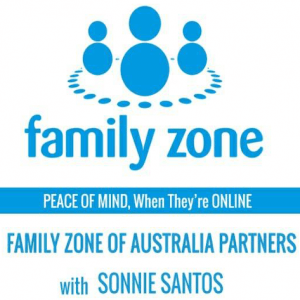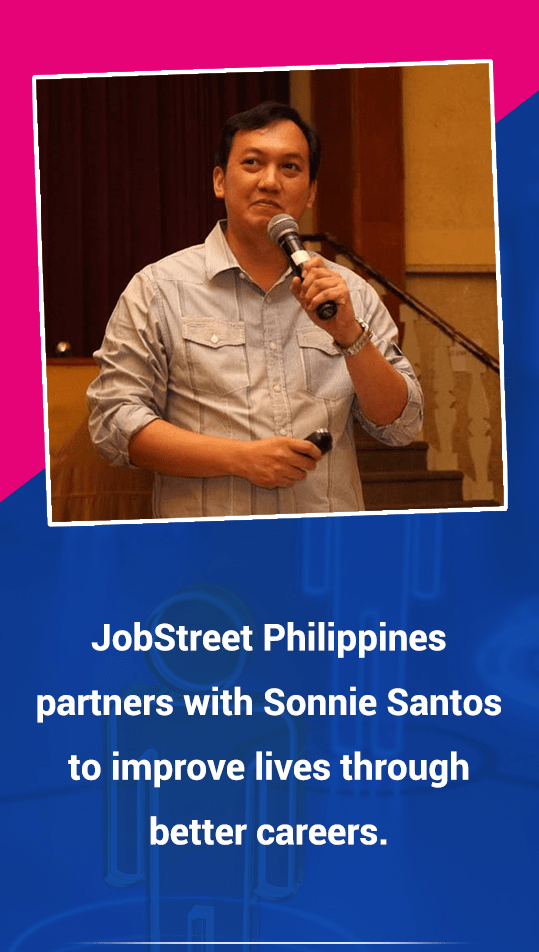Why So Many Are Quitting — And What Smart Companies Should Do Now
A Commentary on the Philippines’ Retention Crisis Challenge
If there’s one thing that keeps HR leaders up at night, it’s this: the Philippines is now projected to have the highest employee turnover in Southeast Asia.
That’s according to a recent Philstar article referencing the Aon study.
Retention Crisis 2025 — At a Glance ASK
Sources:
Aon 2025,
Aon Sentiment,
Philstar.
Highest-Risk Sectors
- BPO/Call Centers; Consulting/Professional Svcs
- Retail/FMCG/Distribution
- IT/Digital/Fintech; Manufacturing/Engineering
- Finance Back-Office; Education (non-teaching)
Refs:
Philstar,
Inquiro,
PEAK Learning
Roles at Highest Risk
- Sales, IT/IS, AI/ML, Cybersecurity, Engineering
- Mid-level specialists; frontline managers
- Ops/Support/Admin; HR/Talent/L&D; PM/PMO
Ref:
Philstar
Top Reasons People Resign
- Pay/benefits gaps; career stagnation
- Poor leadership support; burnout & overload
- Lack of belonging; flexibility needs
- Attractive external offers (local/remote/overseas)
Refs:
Mercer,
ResearchGate,
RSP Journal
What Leaders Can Do Now
- Make retention a strategic KPI; fix EVP
- Open internal mobility; clarify roles & workloads
- Coach managers; stay interviews; recognition
- Targeted retention incentives; communicate openly
ASK Framework (Your Edge)
- Align people & purpose → clarity & meaning
- Strengthen leaders, systems & culture → fairness & growth
- Kickstart daily habits → performance & belonging
ASK turns retention from perks into a repeatable practice.
Where People Are Moving
- Better-paying competitors; multinationals
- Startups/tech; remote/offshore; freelance/gig
- Overseas roles; adjacent career pivots
It’s not just about people leaving jobs — it’s a watershed moment: companies that respond wisely will win; those that don’t will bleed talent.
What’s Likely Going On — The Big Picture

The 2025 Aon “Salary Increase & Turnover Study” projects a 20 % attrition rate for Philippine firms.
At the same time, 64 % of Filipino employees are actively thinking of a move within 12 months, according to Aon’s 2025 Philippine workforce sentiment report.
In specific sectors, turnover is already highest in:
- Consulting, business & community services (≈ 22.6 %) – Aon APAC newsroom
- Retail (≈ 21.6 %) – Aon APAC newsroom
- Manufacturing (≈ 17.5 %) – Aon APAC newsroom
Among functions, those most likely to jump are in:
- Sales (~24 %)
- IT / Information Systems (~24 %)
- AI / Machine Learning (~21 %)
- Cybersecurity (~20 %)
- Engineering (~19 %) – Philstar
So the winds are shifting. The “job for life” is dead.
Employees are shopping around — for better compensation, meaning, flexibility, and growth.
Top Industries That Will Feel the Heat
These sectors are most “at risk” of turnover surges in the Philippines:
- BPO / Call Center / Shared Services – always under pressure, always competing. (PEAK Learning)
- Consulting / Business & Community Services – ~22.6 % turnover, long hours, client stress. (Philstar)
- Retail / Consumer Goods / FMCG – frontliners underpaid and under stress. (Inquiro)
- IT / Digital / Tech / Fintech – mobile skills, global remote opportunities.
- Manufacturing / Plant / Engineering – talent migrating to dynamic city or tech roles.
- Financial Services / Back-Office / Shared Finance – mid-specialists targeted by better-paying firms.
- Public Sector / Education (non-teaching) – heavy workloads, limited salary flexibility.
If your business sits in these sectors, retention risk should already be a strategic KPI.
Who Will “Likely” Leave?
Note: Role vulnerability insights below combine published Aon data (Philstar report) and aggregated observations from local HR practitioners on workforce mobility patterns in Philippine industries.
Not everybody moves equally. Here are the roles most vulnerable to turnover in 2025:
- Mid-level specialists (senior analysts, technical experts) — often caught between junior execution and leadership, with limited advancement visibility.
- Team leads / frontline managers — squeezed by pressure from both senior management and their teams.
- Customer-facing roles (sales, account managers) — exposed to performance stress and burnout risks.
- IT / Engineering / Data professionals — highly portable, in-demand skills; global remote work expands their mobility.
- Operations / Support / Admin staff — often in transactional, repetitive functions where perceived growth is low.
- HR / Talent / L&D practitioners — first to sense disengagement; may leave when unable to influence change.
- Project / Program Managers — bridging roles across functions, with high complexity and burnout exposure.
Source: Philstar / Aon 2025 Salary Increase & Turnover Study
If your firm has many of these, mark them as critical retention zones.
Why Are People Quitting? – Top Reasons
Based on regional and local research:
- 💸 Pay & Benefits Misalignment – compensation lagging peers. (Mercer)
- 🚧 Lack of Career Growth / Stagnation – no clear next step. (ResearchGate)
- 🧑💼 Poor Leadership / Weak Managerial Support
- 🔥 Burnout, Work Overload, Role Ambiguity
- 💭 Cultural Misfit / Lack of Belonging
- 🏠 Need for Flexibility (remote or hybrid)
- 🌍 External Pull / Market Opportunities – global and startup offers.
- 🙅♀️ Poor Recognition / Feedback / Voice
A Philippine study also flagged compensation, environment, management style, and policy mismatch as key predictors. (Research Synergy Press Journal)
When someone “just left,” it’s rarely spontaneous — it’s many small dissatisfactions built over time.
Where Will People Go?
Analysts expect mobility towards:
- Better-paying competitors in the same industry
- Global or multinational firms with strong branding
- Startups and tech-driven firms promising growth
- Remote / offshore roles for global clients
- Freelance / gig / contract opportunities
- Overseas work in IT, healthcare, finance
- Adjacent functions offering meaning and growth
Professionals move toward fulfillment, stability, and alignment.
What HR & Leadership Can Do (Your Action Playbook)
Here are practical, high-impact moves — from top to bottom:
- Make Retention a Strategic KPI
Track engagement trends and pay gaps.
Tie manager performance to retention success. - Reboot Your EVP (Employee Value Proposition)
Offer flexibility, wellness, and personalized benefits. - Invest in Career Paths & Learning
Provide dual career ladders, mentoring, and skill access. - Coach Your Managers
Develop feedback, empathy, and accountability. - Redesign Work & Clarify Roles
Simplify workloads, enable hybrid setups. - Engage Authentically
Conduct stay interviews, recognize wins, promote belonging. - Provide Selective Retention Incentives
Focus on key roles and high-risk clusters. - Communicate Transparently
Be open about constraints but consistent in purpose. - Plan Mobility & Succession
Promote internal transfers and cross-training before hiring out.
If leadership treats retention as a cost, you’ll lose.
If you treat it as a differentiator, you’ll win.
How the ASK Framework Helps Organizations Keep Their Best People
When retention feels like a revolving door, quick fixes won’t cut it. Real retention starts with alignment — that’s where the ASK Framework (Align, Strengthen, Kickstart) makes a difference.
A – Align: Strategy + People = Shared Direction
When employees see where the company is headed — and how their work connects — loyalty follows.
ASK aligns business goals with people goals and turns strategy into daily behavior.
S – Strengthen: Build Skills, Systems, and Culture
Even the most inspired teams burn out without support.
ASK strengthens managers through coaching, performance systems, and culture building — the glue that makes people stay.
K – Kickstart: Activate Performance and Belonging
Change matters only when acted upon.
ASK kickstarts real behavior shifts through pulse check-ins, learning sprints, and recognition habits that sustain momentum.
The Bottom Line
Retention isn’t about stopping people from leaving — it’s about building a company they don’t want to leave.
ASK provides the roadmap:
- Align people and purpose
- Strengthen leadership and culture
- Kickstart performance habits that drive engagement
That’s how you build not just a workforce — but a work community that grows with you.
Wrapping It Up
This “retention crisis” is real — and it’s reshaping how Filipinos think about work and loyalty. But it’s not too late.
Companies that act boldly, smartly, and humanely can turn this challenge into a competitive advantage.
🧩 Frequently Asked Questions
1) What is driving the 2025 retention crisis in the Philippines?
burnout, and flexibility demands. Sources:
Aon 2025,
Mercer ASEAN.
2) Which industries are most affected by high turnover?
and education/public sector roles.
Philstar 2025,
Inquiro PH.
3) What roles are most likely to resign?
operations/support/admin staff, HR/talent/L&D, and project/program managers.
4) Where are employees transferring?
startups/tech, fully remote/offshore roles, freelance/gig work, and overseas opportunities.
5) What are the most effective retention interventions for top management and HR?
redesign workloads, conduct stay interviews, provide targeted incentives, and communicate transparently.
6) How does the ASK Framework reduce turnover?
- Align people and purpose
- Strengthen leadership, systems, and culture
- Kickstart daily performance and belonging
It turns retention from perks into a repeatable, organization-wide practice.





